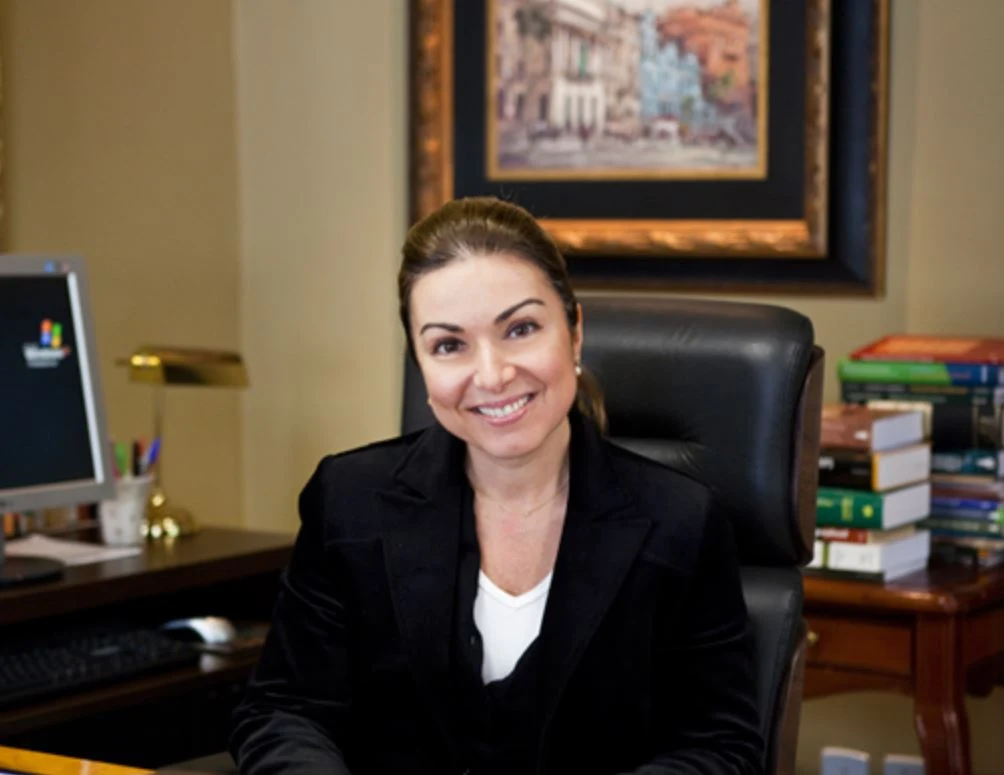Segundo Tenente Hiroo Onoda (Onoda Hirō; nascido em 19 de março de 1922) é um oficial japonês da inteligência do exército que estava posicionado em Lubang nas Filipinas durante a Segunda Guerra Mundial.
Estava lá quando a ilha foi recuperada pelos aliados em fevereiro de 1945, ao final da guerra. A maioria das tropas japonesas morreu ou foi capturada por forças americanas. Onoda e diversos outros homens, entretanto, esconderam-se na selva densa.
Soldado de guerra desde os 20 anos, Hiroo Onoda lutou com tanta devoção que não percebeu quando a guerra acabou e continuou lutando.
Em dezembro de 1944, Onoda foi enviado às Filipinas. Sua missão, descrita em nota por Major Yoshimi Taniguchi, era a de manter-se vivo. Um trecho da nota, em uma tradução livre, diz que “Isso pode levar três anos, pode levar cinco, mas aconteça o que acontecer, nós vamos voltar até você.”
Onoda continuou sua campanha, vivendo inicialmente nas montanhas com os três soldados. Um de seus camaradas rendeu-se às forças Filipinas, e os outros dois foram mortos em batalhas com as forças locais - em 1954 e em 1972 - deixando Onoda sozinho nas montanhas.
Por 29 anos, recusou render-se, negando cada tentativa de convencê-lo de que a guerra tinha acabado com a rendição do Imperador. Em 1960, Onoda foi declarado legalmente morto no Japão.
Encontrado por um estudante japonês, Norio Suzuki, Onoda recusou-se ainda a aceitar que a guerra tinha acabado a menos que recebesse ordens para baixar armas diretamente de seu oficial superior.
Suzuki se prontificou a ajudar e retornou ao Japão com as fotografias de si mesmo e de Onoda como a prova de seu encontro. Em 1974, o governo do japonês encontrou o oficial comandante de Onoda, Taniguchi, que havia se tornado um livreiro.
Taniguchi foi para Lubang e informou a Onoda da derrota do Japão na segunda Guerra e ordenou-lhe a depor armas. Assim, o tenente Onoda emergiu da selva 29 anos após o fim da segunda guerra mundial, e aceitou a ordem do oficial comandante da rendição vestindo seu uniforme e espada, com seu rifle Arisaka ainda em condições operacionais, com 500 cartuchos de munição e diversas granadas de mão.
Embora tivesse matado aproximadamente trinta habitantes Filipinos locais e engajado diversos tiroteios com a polícia, as circunstâncias destes eventos foram levadas em consideração da situação, e Onoda recebeu o perdão do presidente filipino Ferdinand Marcos.
Onoda ficou visivelmente revoltado ao analisar toda a situação e pensar no tempo que perdeu, escondendo-se de inimigos que nem mesmo existiam. Em nota, ele disse que se sentiu um tolo, que tudo à sua volta estava negro, como em uma tempestade.

De volta ao Japão, Onoda virou herói pela dedicação que demonstrou ter com o seu país. Ele também recebeu o pagamento relativo aos 30 anos de trabalho. Com o dinheiro, mudou-se para o Brasil, onde comprou uma chácara e se casou. Ele também escreveu um livro a respeito dos seus 30 anos de guerra.
Em 1984, Onoda voltou ao Japão, onde criou uma escola para ensinar técnicas de sobrevivência e independência aos jovens de seu país. Em 1996, ele retornou às Filipinas e doou US$ 10.000 para escolas locais. Em uma de suas frases mais famosas, Onoda diz: “Os homens nunca deveriam desistir. Eu nunca desisto. Eu odiaria perder.”
Onoda recebeu em 6 de Dezembro de 2006, a medalha de mérito Santos-Dumont da Força Aérea Brasileira. Em Fevereiro de 2010, a Assembléia Legislativa de Mato Grosso do Sul conferiu-lhe o título de "Cidadão Sul-Matogrossense".
Encontram-se no Brasil ainda familiares de Hiroo. Um de seus irmãos Tadao Onoda faleceu no ano de 1991, em São Paulo, porém seus filhos ainda vivem e deixam netos que ainda carregam o sobrenome.





















.jpeg)
.jpeg)














